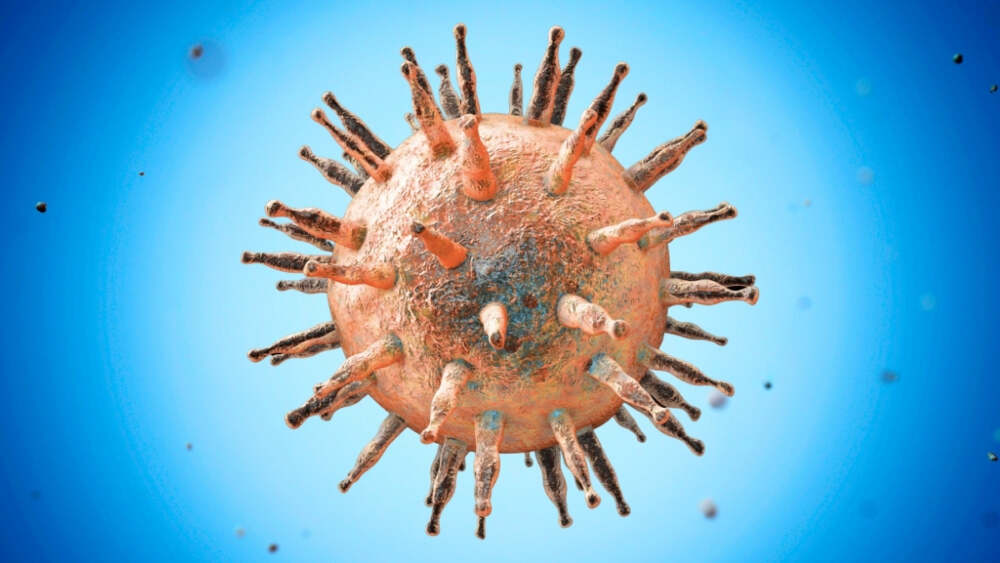Health officials in Washington state are investigating a suspected human infection of avian influenza, marking the first possible such case in the U.S. in approximately nine months. The individual, a resident of Grays Harbor County, was hospitalized earlier this month with serious symptoms including high fever, confusion and respiratory distress.
What’s known so far
The patient is an older adult with underlying health conditions. Preliminary testing suggests infection with bird flu, though confirmatory laboratory results are still pending. Authorities are investigating the possible source of infection, looking at both wild birds and domestic poultry exposure.
While the individual is currently receiving care in King County after earlier treatment in Grays Harbor and Thurston counties, no further cases have been publicly reported at this time. Health officials are monitoring close contacts and assessing the situation for signs of human‑to‑human transmission.
Why the incident matters
- Long gap without a human case: The absence of a confirmed human avian influenza infection in the U.S. for several months underscores both the rarity of such events and the heightened significance when one is suspected.
- Spillover risk: Avian influenza viruses typically infect wild birds and poultry, but spillover into humans can occur, especially among people in direct contact with infected animals. This case highlights ongoing risk at the animal‑human interface.
- Signal for preparedness: Even though risk to the general public remains assessed as low, the event prompts renewed scrutiny of surveillance systems, diagnostic capacity and the need for protective measures among high‑risk groups.
- Wildlife and agricultural link: Washington’s recent surge in bird flu among bird and animal populations adds context to the timing of this suspected human case. The state has reported a high number of infections in poultry and other animals, increasing the chances of human exposure.
What to watch next
- Confirmation and viral subtype: Laboratory confirmation will determine which strain of avian influenza is involved, clarifying the level of concern and possible severity of illness.
- Contact tracing outcomes: The extent to which close contacts develop symptoms or test positive will provide key insight into potential human‑to‑human transmission risks.
- Animal outbreak correlation: Inspecting the relationship between the individual’s exposure history and nearby animal or bird outbreaks will help identify the transmission chain.
- Public health messaging: Authorities will assess and possibly update guidance to poultry workers, bird handlers and backyard flock owners on protective practices and symptom monitoring.
Bottom line
The suspected human bird flu case in Washington represents a rare but significant event in the U.S. public‐health landscape. While no broad transmission is currently evident, the situation underscores the importance of vigilance at the boundary between animal and human health. Prompt investigation and communication will be key to ensuring the case remains isolated and contained.












Leave a Reply